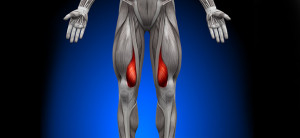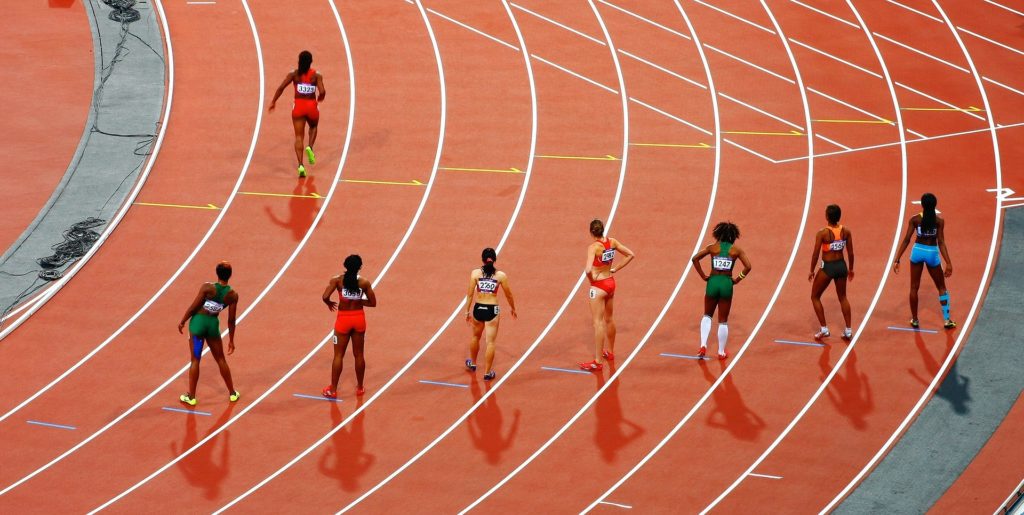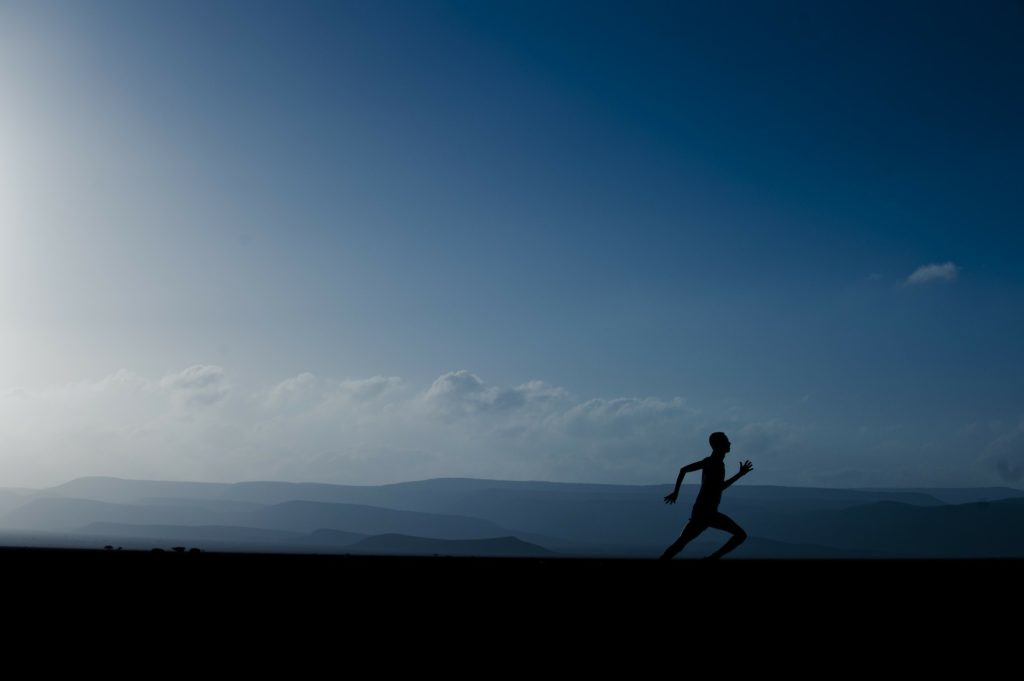WHAT IS ANTERIOR KNEE PAIN?
Hey, so I’m guessing you’re reading this because you’ve got knee pain, had knee pain previously, or know of someone who’s got painful knees. I’m going to give you a whistle-stop, non-jargon tour of one of the most common knee problems.
What?:
Anterior knee pain (AKP), as the name suggest typically presents as a pain or aching at the front of the knee, although, it can also radiate around to the back of the knee. It’s typically quite a diffuse pain, in that you’ll usually be unable to place a single finger over the source of the pain.
Where?:
Under the knee cap (patella) and, the joint between the kneecap and the end of the femur (thigh) bone. This is also referred to as patellofemoral pain syndrome (PFPS).
Why?:
There can be numerous things that cause AKP. These might include an acute trauma, for example, falling on to a bent knee, or more often than not it gradually develops and becomes worse over time. The latter might be due to a slightly abnormal movement of the patella when the knee bends and straightens.
Improper alignment and movement of the patella (knee cap), muscle imbalance and poor biomechanics are some of the most common causes of PFPS and AKP.
Things that might bring on this problem may be an increased level or change in physical activity, change in footwear, deconditioning due to other injury, a fall on to a bent knee and, or, surgery.
When?:
Pain and discomfort is often experienced during the following::
- During sitting for prolonged periods where the knee is maintained in a bent position, for example during long car journeys.
- Kneeling or squatting
- After exercise
- Ascending/Descending stairs
- Wearing high-heeled shoes might make it worse too, as there’s a tendency not to fully straighten the knee when wearing these shoes
Treatment & Physiotherapy:
Symptoms: Straightening the knee may give immediate short-term relief as may the application of ice
Cause: Good news! Surgery is usually the last option here and a structured programme of exercises to condition the musculature around the knee, especially the vastus medialis (see picture below) will normally be sufficient to correct the problem.
The quadriceps muscle group is made up of four separate muscles, which merge together at the knee to form the patella tendon. It is important these muscles work together and equally to make sure the patella moves smoothly along its grove on the thigh bone (femur). If the muscle on the outside (vastus lateralis), for example is stronger or reacts more quickly than the muscle on the inside (vastus medialis) then this pull the patella away from its groove when the knee bends and straightens; over time this can become painful.
If this is a chronic problem that doesn’t respond to conservative treatment (physiotherapy and exercise) surgical options may be explored.
Have questions? Get in touch here



